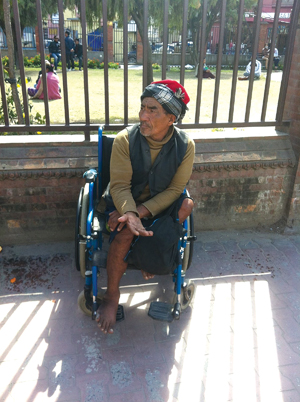DALYs reflect the true effects of disease within a population more accurately because individuals who fall ill cannot contribute fully to society

WESINGFORNEPAL.BLOGSPOT.COM
When we were in medical school, life expectancy, infant mortality rate, standardised mortality ratios etc were used to assess the general health of a population. In the last decade, however, the World Health Organisation has come up with more comprehensive measures to determine the burden of disease in a country.
Known as disability-adjusted life years (DALYs), this method takes into account both absolute years of life lost due to disease (premature death) as well as productive years lost because of disability. DALYs reflect the effects of disease within a population more accurately because individuals who fall ill cannot contribute fully to society.
Interestingly when DALYs are used as the main measure to indicate the burden of disease in a community, depression (unipolar depressive disorder) accounts for the greatest burden in high-income countries. Depression by this measure even supersedes ischemic heart disease (heart attacks), cerebrovascular disease (strokes), Alzheimer’s, and disorders related to alcohol abuse.
Although depression is quite common in developed countries, death rate is low and is mainly reflected in suicides. So it creates disability and loss in productivity without any significant impact on years of life lost. Depression often develops at young age and persists or recurs throughout an individual’s lifetime, leading to significant morbidity over time. However, ischemic heart disease still continues to be the main cause of death in the West.
What about low-income countries? What accounts for the highest number of DALYs? These are the four most common choices provided in medical examinations: a) diarrhoeal disease b) human immunodeficiency virus c) ischemic heart disease d) lower respiratory disease and e) malaria. Although, many including healthcare professionals pick diarrhoea, lower respiratory disease is the correct answer. (Lower respiratory disease indicates the lungs as opposed to upper respiratory disease which includes sore throat, sinusitis, and pharyngitis).
In fact, lower respiratory tract infections (such as tuberculosis and obstructive lung disease) not only account for the highest number of DALYs in low income nations, but are also the main cause of death. Though both infections are easily preventable, they kill thousands every year in Nepal and leave hundreds more disabled. Therefore to boost the country’s productivity, the state has to give greater priority to the prevention of these diseases.
Read also:
Decoding H pylori
Comes around, goes around
Kicking butts